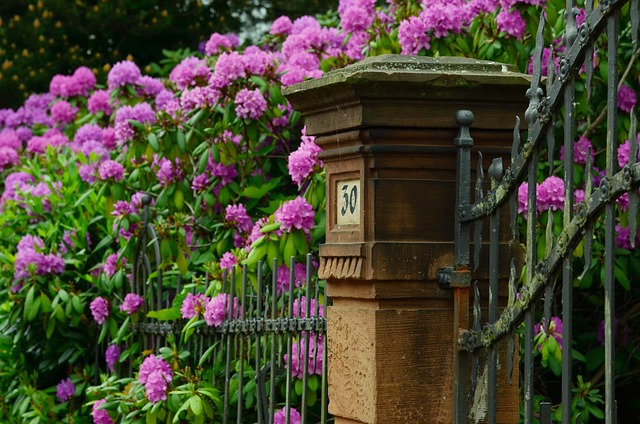For New Bedford, Massachusetts homeowners looking to enhance their property, installing a new fence offers both privacy and security. This DIY guide breaks down the process from planning to completion. You’ll learn about obtaining necessary permits, choosing durable materials suited for the local climate, and assembling your fence with expert-level tools. By following these straightforward steps, you can transform your outdoor space into a secure and stylish haven.
- Planning Your Fence Installation: Permits and Layout
- Choosing the Right Fence Material for New Bedford Climate
- Essential Tools and Equipment for Successful DIY Project
- Step-by-Step Guide: Installing Your New Fence
Planning Your Fence Installation: Permits and Layout
Before you begin installing your new fence, careful planning is essential. Start by reviewing local building codes and regulations to ensure your project complies with New Bedford’s guidelines for fence installation. Obtain any necessary permits, which may include specifying the type of fence, its height, location, and materials used.
Next, map out the layout of your desired fence line on your property. Consider factors like existing structures, trees, and landscaping to ensure a practical and aesthetically pleasing design. Accurate measurements are crucial for purchasing the right amount of fencing materials, so take time to survey the perimeter thoroughly.
Choosing the Right Fence Material for New Bedford Climate
When considering DIY fence installation, one crucial element to think about is the material you choose—a decision that should be heavily influenced by the climate in New Bedford, Massachusetts. With cold winters and warm summers, this region demands materials that can withstand varying weather conditions. For example, opt for robust options like treated wood or vinyl, which are both durable and capable of resisting rot and decay common in moist climates.
Treated wooden fences offer a classic aesthetic and can last for years with proper maintenance while vinyl fences require minimal upkeep and are resistant to chipping, cracking, or warping. Both materials are readily available at local hardware stores and suitable for DIY installation due to their versatility and user-friendly properties.
Essential Tools and Equipment for Successful DIY Project
Before tackling your New Bedford fence installation project, arm yourself with the right tools to ensure a successful and efficient DIY endeavor. Here’s what you need for the job: first, a sturdy measuring tape to accurately gauge your fence line and ensure proper fit; second, a sharp pencil for marking where posts will go; third, a post-hole digger or hammer to create holes for the fence posts; fourth, a level to keep your posts plumb; fifth, an electric drill with various bits for installing brackets and fasteners; sixth, a saw (either hand or power) for cutting rails to size; seventh, a sledgehammer for driving posts into the ground; eighth, a garden hose for mixing concrete if you’re setting posts in concrete; and lastly, safety gear like work gloves, safety glasses, and ear protection. With these essentials at your disposal, you’ll be ready to tackle your fence installation project with confidence.
Step-by-Step Guide: Installing Your New Fence
Installing a new fence is a rewarding DIY project that can enhance your New Bedford, Massachusetts home’s curb appeal and security. Start by planning the layout, ensuring it aligns with local regulations and fits your property’s unique features. Next, gather all necessary tools and materials—post holes should be dug to support the fence line, with posts placed at equal intervals. Use a level to ensure the posts are straight, and fill the holes with concrete for stability.
Once the posts are secure, attach vertical rails using brackets or nails. Then, install the fencing panels, ensuring they’re securely fastened at both top and bottom. For added strength, consider using corner braces. Regularly check connections as you work to maintain a seamless, robust fence. Finally, finish with a coat of paint or sealant to protect the wood and ensure its longevity against the New Bedford climate.
